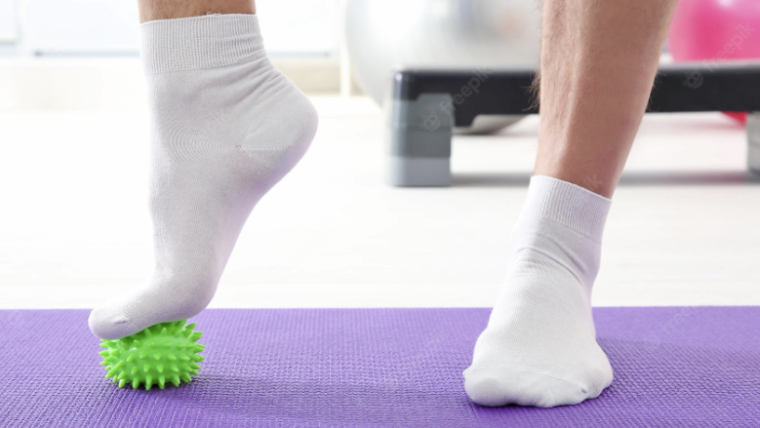
The COVID-19 pandemic forced countries around the world to take a more detailed look at how their healthcare sectors operated.
It birthed a new era in terms of the way healthcare works. One of the biggest results of that unprecedented transformation has been the remarkable rise of telehealth.
Telehealth services have particularly been a game-changer in sports medicine. Athletes at every level take their health seriously, but not all of them have access to top-class healthcare.
Telerehabilitation has proven to be as effective for amateur athletes as physical treatment in terms of tackling common sports injuries and recovery after medical procedures.
With wearable devices and smart technology such as artificial intelligence (AI), amateur athletes can track their progress and stay connected with professionals remotely.
Telehealth improves access and compliance, especially for amateur athletes in remote regions. But that is just one of the many reasons why it is a no-brainer for these athletes.
Table of Contents
The Power of Remote Rehabilitation
Telerehabilitation is an arm of telehealth that focuses on physical therapy, strength conditioning and injury management remotely.
The service has taken off in several countries around the world, including Australia, where telehealth providers have become more prominent.
Comparison sites such as MediCompare help Australians find reputable telehealth services. As evidenced by their Hola Health review, not all brands offer telerehabilitation.
However, Hola Health is one of the few providers that provides telerehabilitation services for Australian athletes, and it is a practice now being adopted by other countries around the world.
Telerehabilitation can include video calls with physiotherapists or wearing devices that can track and transmit an athlete’s progress and health data in real time.
For amateur athletes in Australia, it gives them the flexibility to take their health seriously without disrupting their calendar for an appointment at the clinic.
Some people may argue that nothing can replace in-person treatment, especially when an athlete is dealing with a serious injury or their recovery is at an early stage.
Telehealth was never meant to completely replace in-person treatment, but it is key to reducing the pressure on the health sector by assessing and treating injuries remotely.
According to recent studies, remote rehabilitation programs can be just as effective in treating many common sports injuries, provided they are guided properly and supported by smart tech.
Making Cognitive Care More Engaging
Telerehabilitation is not limited to physical therapy. It can also be used to support recovery from concussions and cognitive injuries, which are normal in contact sports.
Amateur athletes dealing with mild traumatic brain injuries or lingering post-concussion symptoms can get access to virtual tools such as brain exercises and reaction-time tests through telerehabilitation.
There are serious cases that will need in-person intervention and assessments, but these interactive platforms give amateur athletes an option that allows them to control their own progress.
Giving amateur athletes a chance to be heavily involved in their own recovery process can give them a huge psychological boost. Staying mentally engaged with their health journey gives them the reassurance and motivation to get back to doing what they do best.
Injuries can also affect an athlete’s discipline. If they are unable to train with the rest of the team, they often find it difficult to maintain their fitness. But telerehabilitation offers tools such as remote strength and conditioning programs that can help to sort out those issues.
They also get access to live or recorded workout sessions curated to each athlete’s specific need, injury status, what sport they play, or their individual goal.
Injury Prevention and Levelling the Playing Field
One of the biggest benefits of telehealth is that it can be used to prevent injuries before they happen.
Most amateur athletes do not have the luxury of individual coaches or physiotherapists, but telerehabilitation platforms can fill those roles.
They can offer programmes that prevent injuries by highlighting the athlete’s weaknesses or curating training sessions that make sure they do not go past their breaking point.
There are telerehabilitation apps that suggest warm-ups, mobility routines and neuromuscular training that are based on evidence from elite-level practices.
These programmes are not overly sophisticated, but their long-term impacts cannot be overlooked. They promote preventative care, which is invaluable, especially to an amateur athlete.
They can reduce their chances of picking up injuries, which is crucial considering how limited their windows of competition often are.
For amateur athletes, sports medicine services are often a luxury. Unlike professionals, they do not have clubs or organisations paying for therapy or access to high-end recovery facilities.
Telerehabilitation services ensure that amateur athletes do not need to worry about the cost of travelling, clinic fees and potentially taking time off work.

